In the colorful world of porcelain, there are many beautiful porcelain pieces, but there are few that are so beautiful that they are cherished and carefully appreciated when held in one's hand. However, there is a kind of porcelain that can enter the kiln with one color but exit with ten thousand hues. Ancient people praised it as "one flower, one world; one Tenmoku, one Peach Blossom Spring". It is the Tenmoku..
Tenmoku is naturally made, and the skilled hand occasionally obtains it.
Tenmoku is a famous kiln-varied porcelain, originating from the Song Dynasty and named after its place of origin, Jian'an. It is one of the eight famous porcelain varieties of the Song Dynasty and was used as the imperial tea ware. The shape of Tenmoku is like a bowl, and it has given birth to many precious porcelain varieties, such as Tianyaomo, Tuhaozhan, and Zheguban.
Tenmoku generally has a large opening and a small base, funnel-shaped, with a simple and solid shape, a thick body, lustrous glaze, and kiln-varied glaze with colorful and illusory effects. Therefore, it stands out among other porcelain varieties and has become a treasure that ancient royal members, literati, and social celebrities are willing to spend a lot of money to pursue.
The biggest difference between Tenmoku and other porcelain lies in the fact that other porcelain can create exquisite artworks through superior skills in body-glaze, shape, and patterns. In contrast, the glaze colors and patterns of Tenmoku are the result of the combination of "nature" and "human ingenuity", accidentally created in the kiln.
The glaze used in Tenmoku contains a high content of metal minerals. During the high-temperature firing process, different ratios, kiln positions, temperatures, and other factors can lead to completely different patterns and glaze colors. It can be said that each Tenmoku is unique and a one-of-a-kind piece.
Tenmoku is an art that combines earth and fire to a high degree, and glaze color is the most attractive feature of Tenmoku. Due to the difficulty of controlling kiln-varied glaze, it is extremely challenging to produce a Tenmoku with flawless appearance and beautiful patterns. In the Song Dynasty, millions of Tenmoku were fired to obtain one or two perfectly kiln-varied pieces.
Purple clay comes from the folk, while the Tenmoku is found in the court.
As we all know, there has never been an official kiln for Yixing purple clay teapots in China since ancient times. Although tribute purple clay teapots occasionally appeared, in the eyes of ancient people, purple clay teapots without painted decoration were not suitable for the royal palace. So, what did the ancient imperial palace nobles use to drink tea? It was the Tenmoku.
Tenmoku is the only official kiln porcelain in Chinese history that was born for tea. Due to the thick and heavy texture of Tenmoku, its body contains many sand grains and iron minerals, which have many small pores that are conducive to keeping the tea warm and fragrant. It is similar to Yixing purple clay teapots and has always been one of the best tea sets.
Moreover, due to the high iron content in the glaze, when steeping tea, iron ions will enter the tea soup and supplement the human body. Some even use Tenmoku to soften water quality by magnetizing the bottom of the Tenmoku, thus achieving health benefits. For these reasons, it has been highly favored and respected by the royal court.
Tenmoku, originating from a handful of clay, can go through the flames and be reborn like a phoenix, displaying a unique and stunning beauty through the superb skills and techniques of ancient people. Holding a Tenmoku and observing it closely, one's eyes wander among the various charming patterns in the Tenmoku, as if experiencing the vastness and wonder of the world


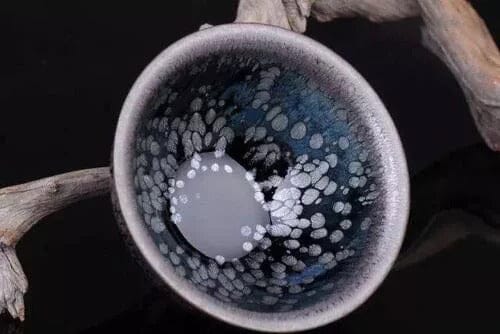
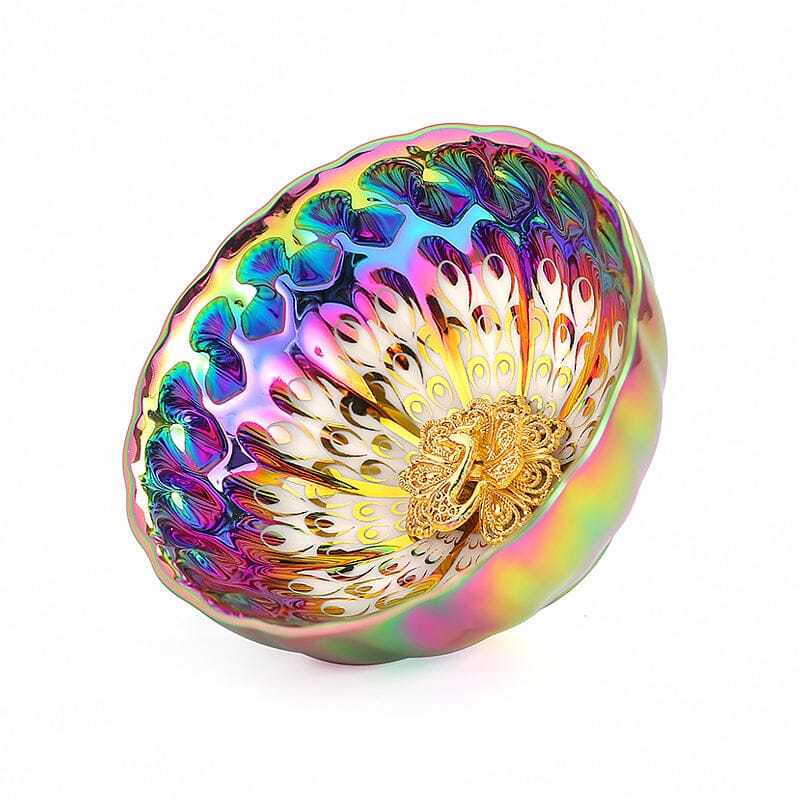


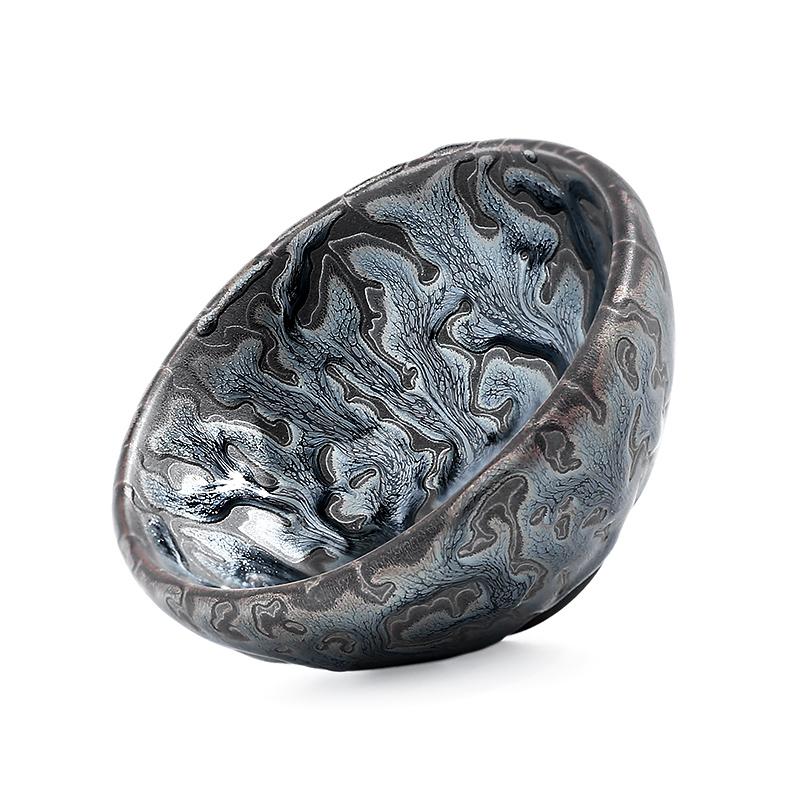
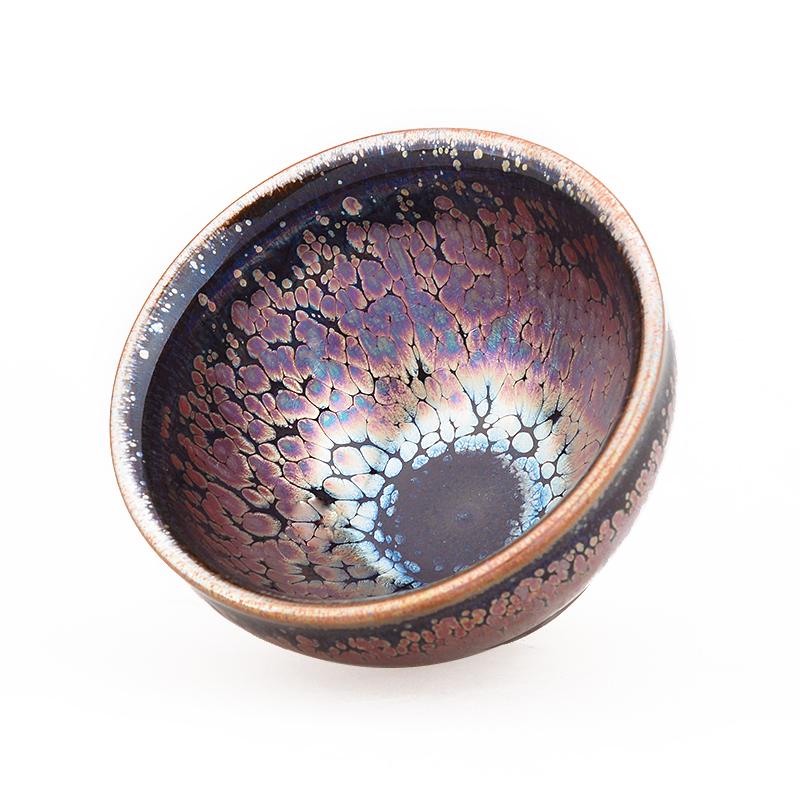
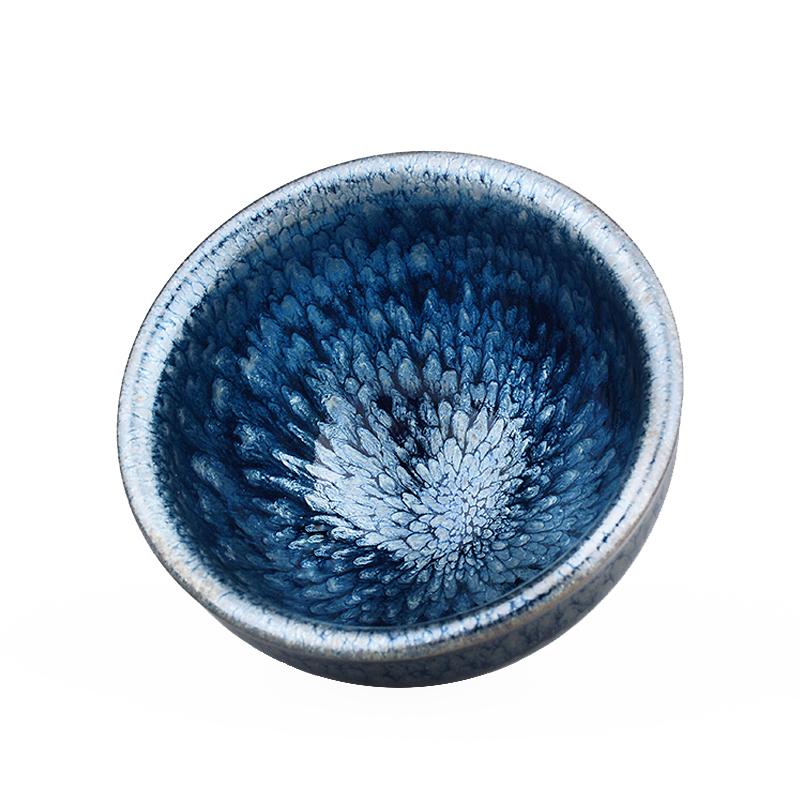
Share:
Drinking tea with Tenmoku is a kind of fashion
Is "Tenmoku price".